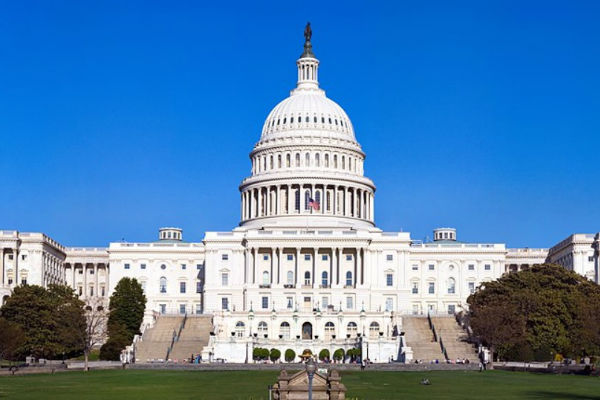 COVID-19 tally as compiled by Johns Hopkins University reported by Consumer Affairs. (Previous numbers in parentheses.)
COVID-19 tally as compiled by Johns Hopkins University reported by Consumer Affairs. (Previous numbers in parentheses.)
- Total U.S. confirmed cases: 79,099,412 (79,048,702)
- Total U.S. deaths: 952,759 (950,684)
- Total global cases: 439,214,303 (437,422,661)
- Total global deaths: 5,968,316 (5,959,306)
Government offers more free tests
Learning to live with COVID-19 may mean more frequent tests to confirm whether those sniffles are a common cold or the virus. President Biden used last night’s State of the Union Address to announce that Americans can order more free tests starting next week.
“Even if you already ordered free tests, tonight, I am announcing that you can order more from covidtests.gov starting next week,” Biden said. He reported that the government has already made hundreds of millions of tests available for free.
When distribution began in January, households were limited to four free tests. Under the expansion, households will be able to order four additional tests.
Many hospitals still struggle despite declining cases
New cases of COVID-19 are declining in nearly every part of the country, but that hasn’t let hospitals off the hook; many still struggle under large caseloads.
“I think people are under the misconception that because COVID has peaked and it’s on the downturn that staffing issues will go away,” Louise Dobbins, director of capacity management for Allegheny Health Network in Pittsburgh, told the Wall Street Journal. “I don’t think that’s going to happen.”
Much of the problem is caused by staff shortages. A third or more of hospitals in 15 states reported a critical staffing shortage last month, according to the American Hospital Association.
CDC estimates 140 million infections in the U.S.
The Centers for Disease Control and Prevention (CDC) has issued an estimate stating that it believes there have been 140 million COVID-19 infections in the U.S. since the start of the pandemic. That’s considerably higher than the unofficial count maintained by Johns Hopkins University.
The estimate stems from an analysis of blood samples that track coronavirus antibodies produced by an infection rather than a vaccination. It says the higher number is not a surprise since many mild and asymptomatic cases go unreported.
By the CDC’s estimate, about 43% of the U.S. population has had the virus as of late January, including almost 60% of children up to age 18. The largest percentage of cases likely occurred among Americans between the ages of 18 and 49.
Become a Harlem Insider!
By submitting this form, you are consenting to receive marketing emails from: . You can revoke your consent to receive emails at any time by using the SafeUnsubscribe® link, found at the bottom of every email. Emails are serviced by Constant Contact








